
Investing in Art: How It Works, Best Artworks, and Ideal Ways to Invest
For some savvy investors and collectors, fine art can be more than just something beautiful to admire in a museum — it’s a valuable asset class.
This is especially true of a new generation of millennials, who are some of the keenest art investors.
They make up 17% of investors spending $1 million or more on a piece of art. They’re more likely than any generation to view art as a financial asset and part of a comprehensive investment strategy.
In this article, we’ll discuss all about fine art, what makes it expensive, the types of art you can invest in, and what could make it a worthwhile investment.
We’ll also explore ways you can invest in fine art, from the latest innovations in the art asset class to the centuries-old history of art auctions.
What is Fine Art?
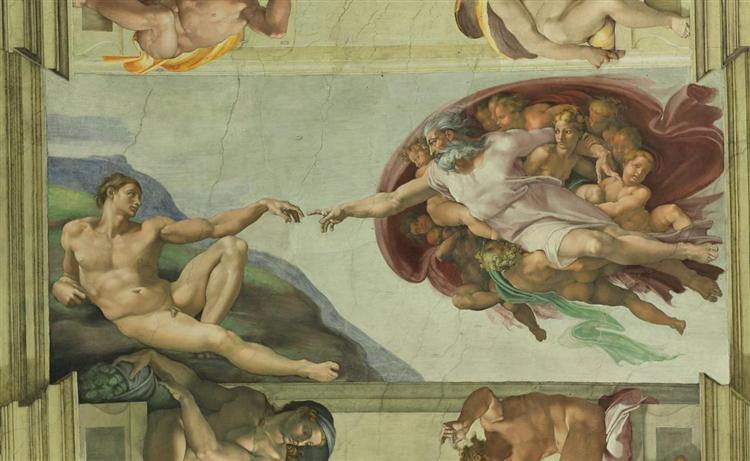
There’s a fair amount of disagreement about the exact definition of fine art.
By one definition, fine art is art created solely for aesthetic or intellectual value rather than a practical purpose, which includes a creative expression that may not necessarily be beautiful.
By another definition, fine art is the application of creativity and artistic skill to create something for aesthetic reasons.
Remember that this can become slippery because art is often created on commission.
Historically, artists created work for wealthy patrons. But these days, an art gallery pays to commission a show from an artist in their stable. Then it sinks considerable resources into promoting the show so that they can make sales.
The Sistine Chapel ceiling was created on commission, and few people would argue that it isn’t fine art.
Also, keep in mind that the word “fine” does not inherently refer to the quality of the art. It refers to the purity of the discipline, such as painting, drawing, sculpture and so on.
In the Middle Ages, fine art was split into seven categories that had nothing to do with making things for people to look at (like grammar and rhetoric).
In the 20th century, fine art was split into eight accepted categories:
- Architecture
- Sculpture
- Painting
- Music
- Literature
- Drama
- Dance
- Film
As you can see, “fine art” is often a question of who’s asking.
So, what makes art ‘fine’?
We see this distinction crop up the most in the visual arts world, in part because visual artists can use it to drive value and reputation attached to their work.
For this reason, many professional artists classify themselves as fine artists (such as a professional painter) to differentiate themselves from commercial artists (such as a professional graphic artist at a marketing firm).
Even so, artists have to sell their work in order to make money, so you can make the argument that all art is commercial.
What Makes Art Expensive?
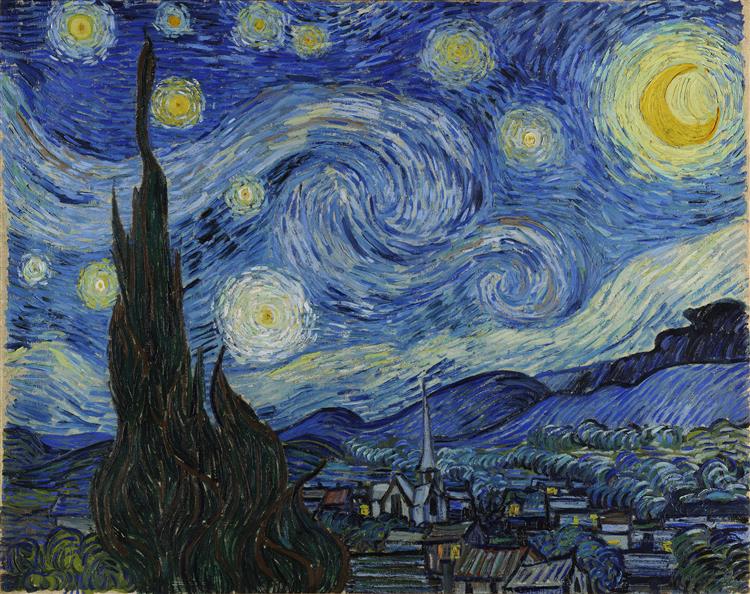
The short answer is that most art isn’t expensive.
The slightly longer answer is that most art isn’t expensive, but some art is, and it drives prices across the market.
The global art market is basically a giant consensus machine. But it’s also a surprisingly small and insular world consisting of personal connections — between a gallerist and artist or gallerist and buyer.
The goal for the working professional artist?
To ultimately sell art.
The problem is that regardless of quality, demand for art isn’t evenly distributed among living artists. Instead, buyers go after a small number of in-demand artists, which drives prices up.
When you invest in art, you typically hold it for a number of years, aiming to sell it later for a higher price.
This is especially true for some artists and artworks.
Auction house Sotheby’s reported that, on average, 86.4% of Andy Warhol’s art sold at auctions increased in value. Between 2003 and 2017, the average compound annual return rate of his works was 14.2%.
Now, you can add different types of art to your investment portfolio.
Let’s take a look.
Types of Art You Can Invest in
Nearly anything can be considered an investment, depending on how popular an art piece or artist is.
Here are some of them:
- Paintings: Paintings are often the first thing we’d think of when considering investing in art. They include works on a two-dimensional surface like canvas using paints, such as oil or acrylic.
An example of a valuable one is the 1932 Pablo Picasso painting Femme nue couchée which sold for $76.5 million in 2022.
- Photographs: Photographs are also a type of art to invest in.
In a 2020 auction, a 1942 photograph by Ansel Adams sold for an impressive $988,000. The piece was part of 115 other photos by Adams, which collectively sold for $6.4 million.
- Street art: Street art has grown in prominence after the popularity of graffiti since the 1980s. This form of art is often connected to social activism and includes stickers, murals, installations, and stenciled images done in public areas.
In 2018, British graffiti artist Banksy’s most famous work, Girl with Balloon, sold for $1.4 million. Shortly after, the artist tried to destroy the art. Three years later, the semi-shredded version (now titled Love is in the Bin) sold for $25 million. - Non-Fungible Tokens (NFTs): With the rise of digital assets, NFTs (a type of crypto art) are the latest type of art to enter the industry. An NFT lets you own a cool piece of digital art in the form of music, video, and images.
- Other Contemporary Art: Contemporary Art can also include installations, video art, performances, sculptures, silkscreen prints and more.
In 2022, the 1964 silkscreen pop art Shot Sage Blue Marilyn by Andy Warhol sold for $195 million at Christie’s auction house.
Is Fine Art a Good Investment?
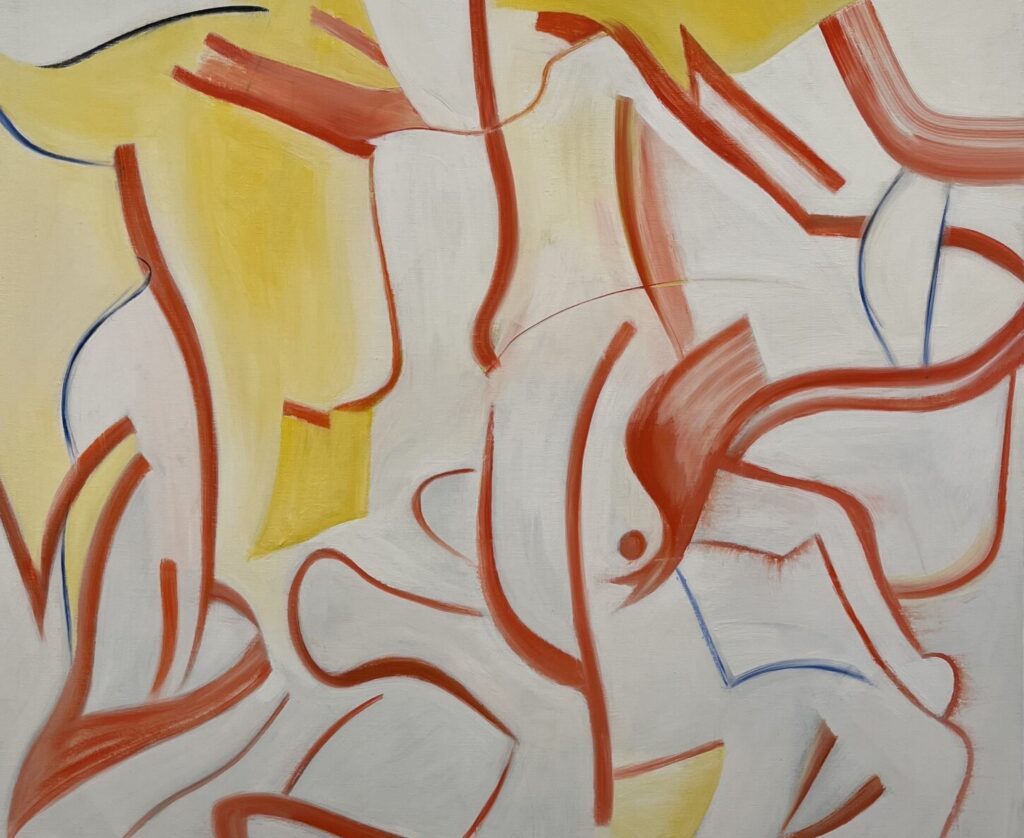
Fine art can be a worthwhile long term investment — so long as you’re realistic.
You have to know the limits of fine art: it’s complex and largely illiquid. You also typically need knowledge of the art market to purchase art that may increase in value.
You also need to know where to participate. Blue-chip art is high-value and established, and this category of art may be expected to hold steady or increase in value regardless of the economy, usually by auction heavyweights on the scale of Basquiat and Pablo Picasso.
For an ordinary investor (rather than collectors) to invest in this art, that usually means a fractional investing model rather than buying the whole artwork yourself. That way, you can take advantage of the blue-chip market without having millions.
Even if you take this fractional approach, you likely need experts in your corner to help you understand what you want to invest in.
Pros and Cons of Investing in Art
Let’s take a closer look at some of the pros and cons of fine art investment:
Pros
- Portfolio diversification: Art has a low correlation to traditional investments like bonds and stock trading. The art market has also performed well in historical and recent periods of volatility.
As an alternative investment, art can also act as a hedge against inflation. During inflation, contemporary art prices appreciated at a rate of 17.5%, according to the Masterworks All Art Index.
- Possibility of returns: Blue chip art offers potentially attractive returns.
Contemporary art prices have outpaced the S&P 500 by 131% over the past 26 years.
According to Masterworks’ internal research, contemporary art prices have also appreciated quicker than gold and real estate.
- Aesthetic pleasure: Art pieces are beautiful to look at and enjoy. If you enjoy adding pieces to your home or visiting galleries, you could turn your passion into an asset.
- Supporting an artist: Investing in art is a good way to support the dreams and livelihood of artists still producing work.
Cons
- May not always deliver expected returns: Identifying an artwork’s true value depends on factors like the economy and an artist’s reputation. So there’s a chance your investment may not bring the expected returns.
- Expensive storage and maintenance: Fine art must be physically stored and maintained well, like most collectibles. You can either do it yourself or pay for storage for your art collection — the latter can be an expensive affair.
- Art is not a liquid asset: Art is a long term investment, much like real estate. The pros suggest up to 10 years of patience before selling art. When doing their investment planning, art investors even include paintings as part of the assets they plan to pass on to the next generation.
- You need knowledge of the art market to make the right investment: Art investing requires a fair amount of research. As an art investor, you must stay informed to select pieces with potential long-term value.
Ultimately, fine art can be an attractive alternative investment. This is especially true if you’re passionate about art, focused on longer-term returns, have a higher risk tolerance, and can store and maintain the pieces well.
But we’ll give you more options to consider as a potential art investor…
4 Different Ways to Invest in Fine Art
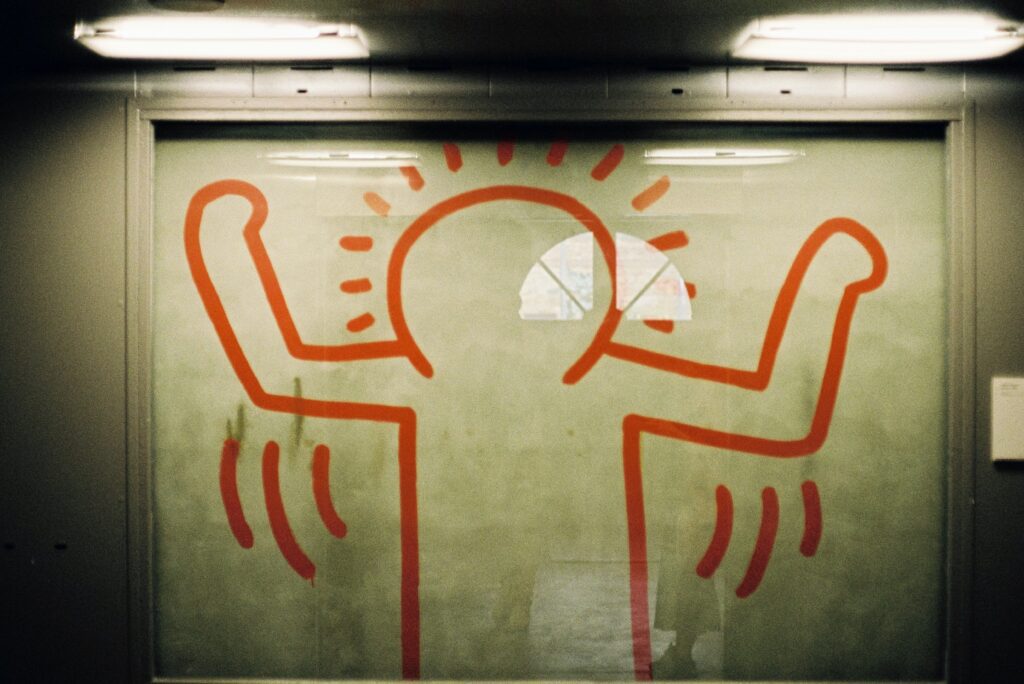
You don’t need to only invest in physical pieces of art.
Here are 4 popular ways to add fine art (including physical works) to your investment portfolio:
The quickest way to invest in art (particularly for beginners) is to invest in fractional shares.
How Do You Invest in Fractional Shares?
The art investment platform Masterworks offers you an easy way to invest in fractional shares.
Masterworks researches and selects paintings from established artists whose markets have potential for price appreciation.
They then purchase the painting and file an offering circular with the SEC. This allows you to invest shares in a specific piece.
Masterworks will hold the artwork from anywhere between 3-10 years.
If the painting sells for a profit, you earn a portion of the profit as a shareholder.
Additionally, you can also buy and sell your shares on Masterworks’ secondary market. This can offer some liquidity.
2. Art Fund
Art funds are privately managed portfolios that generate returns through buying and selling art.
An art investment fund is managed by art advisory or investment management firms that receive a fee or portion of returns.
3. Physical Artwork
You can invest in physical artwork at various places such as museums, art galleries, online marketplaces, and auction houses.
Before buying art, you must thoroughly research the art piece and artist. If you’re interested in an auction house, look into their online auctions during quiet moments in the art world.
4. Digital Artwork and NFTs
Digital art is created using software, and some digital artworks are converted to NFTs. NFT art is essentially digital artwork backed by blockchain technology.
You may not have the same connection you would with a physical art piece.
4 Tips for Investing in Art
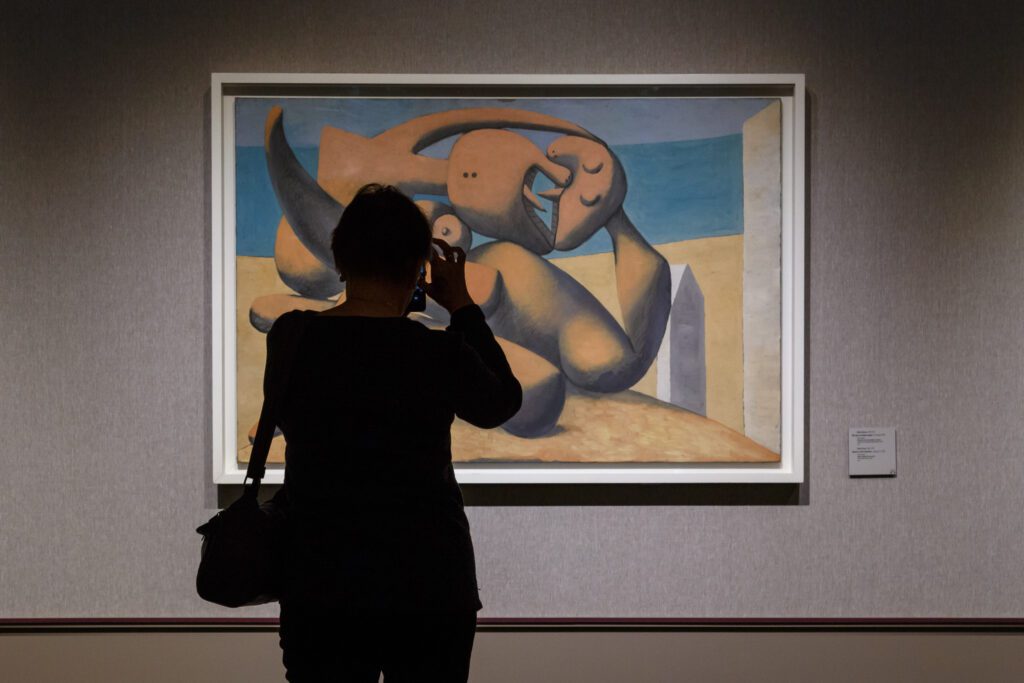
Here are a few tips to consider when investing in art:
1. Decide on the Risk You’re Willing to Take
There are many different ways to determine your own risk tolerance, but here are three common ways to approach it:
- Higher risk and high price tag: When you buy original art from certain art galleries, art auctions, or fairs, it may involve a high upfront cost. You won’t know how popular an artist will continue to be, making the investment a risky one.
- Lower risk and low price tag: You can buy a high-quality, limited edition print of an original painting. It costs a fraction of the original’s price and may be valuable.
- Lower risk and high price tag: You can buy certain kinds of art, such as blue-chip, with a high value up front and potentially less risk if the artist has an established track record.
2. Do Your Research
Always do your own research on the art market trends, art indices, artwork, and artists (emerging artists, too).
Art indices index hundreds of national and international art journals, along with art dissertations.
3. Establish Connections in the Art Circles
Connect with art gallery owners, veteran artists, emerging artists, art collectors, curators, and advisors. You can do this at an art fair, art auctions, and gallery shows. While this consumes time and money, it’s the best way to stay up-to-date.
4. Approach Art as an Investment
Investing in art requires thoughtful consideration after analyzing your research. Art collecting is not suited if you’re prone to impulsive purchases or wish to follow trends.
Fine Art Investing Made Accessible for Everyone
Whether you purchase artwork in its entirety or invest with fractional shares, investing in art can potentially be an attractive long term investment option.
If you’re keen to become an art collector and invest in shares of art, check out Masterworks and fill out a membership application today.
See important Regulation A disclosures: Masterworks.com/cd